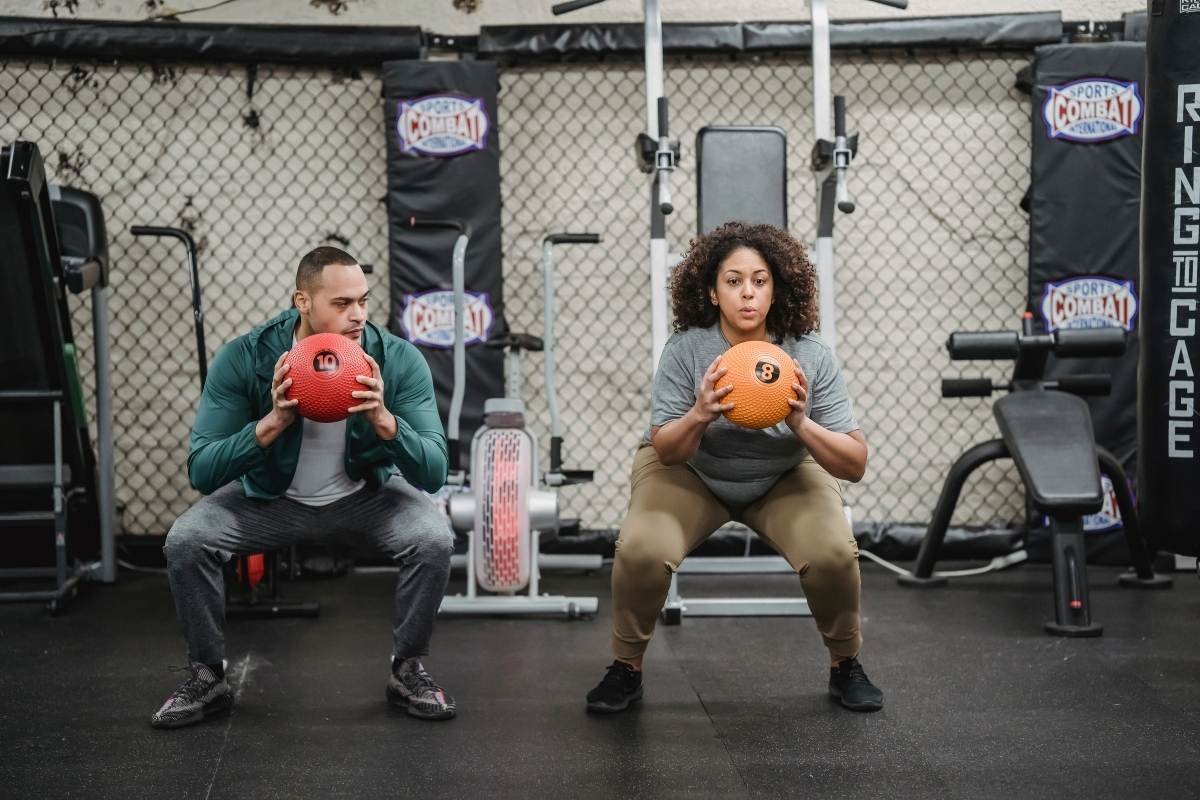Blog
Head contacts are infrequently penalized in youth basketball games
A study of rates and mechanisms of head contact and suspected concussions in youth basketball found a lack of fouls called for head contacts during the game, despite contact to the head being illegal in basketball.
Increased profile of “Q-Collar” invites further discussion
The Q-collar is commonly referred to as a concussion-prevention method, although the company says the Q-collar helps “protect the brain” of contact athletes over a season of play. However, limitations include not being “demonstrated to prevent long-term cognitive function deficits,” no evaluation of clinical outcome impacts, and the data not “demonstrating that the device can prevent concussion or serious brain injury.”
New York Times review of controversial Q-Collar identifies concerns about efficacy, safety
Is the Q-Collar effective at concussion prevention, and is it safe? The FDA summary states that the Q-Collar was not approved to prevent concussions and there are some risks to the device.
Synthetic fields: are they adding to concussion risk?
Ian K. Chun found that turf fields result in impact deceleration “as much as 23 g higher on artificial grass compared to natural surfaces.” The higher g forces may translate “to a theoretical increased risk of concussion due to contact with playing surfaces,” according to Chun.
Continuing debate about helmets in girls’ lacrosse
The use of helmets in women’s lacrosse continues to be a topic of significant debate, as helmets are not mandatory in women’s lacrosse but are required in men’s lacrosse. A 2015 study found that women’s lacrosse had the second-highest rate of concussions among a variety of high school and college sports.
Duration of continued athletic participation after sport-related concussion impacts recovery outcomes
A study evaluated the duration of continued participation after a suspected sport-related concussion (SRC) and its impact on recovery outcomes in collegiate athletes. The researchers found that continued participation (within a range of 0-90 minutes) after SRC was associated with worse outcomes.
Concussion education in schools is inconsistent, overly athlete-focused
A study found significant gaps in school-based concussion education in a scoping review, "including a lack of clear guidelines for concussion education content, questionable sustainability of the education delivery and the need for long-term evaluation of outcomes.”
Risk factors and intervention strategies for preventing falls & brain injury in older adults
An excellent article from Elizabeth Sandel, MD, explores the relationship between falls and TBI in older adults and lays out interventions for a variety of common risk factors. Sandel points out that “Falls are the leading cause of traumatic brain injuries (TBIs) in the U.S."
Post-concussion return to play injuries reduced for athletes who received neuromuscular training, Colorado study finds
According to a preliminary research study published in the American Journal of Sports Medicine, an 8-week neuromuscular training (NMT) intervention on sports-related injuries of young athletes may lead to a 3.5 times lower risk of injury when they return to play post-concussion.
Prospective trial shows eliminating body checking significantly reduces injuries and concussions in adolescent hockey
A study by Carolyn A. Emery et al. published in British Journal of Sports Medicine found that injury rates were 61% lower and concussion rates 51% lower in non-elite adolescent hockey leagues that did not permit body-checking than leagues that did.
First-ever systematic review of youth football concussion incidence rates and prevention strategies
Mark Patrick Pankow et al. conducted the first-ever systematic review and meta-analysis of “incidence rates, risk factors, and prevention of concussion and head impacts” in youth tackle football. Their review, published in Sports Medicine, was “also the first to produce a pooled estimate of concussion incidence rate by session type in football (i.e., games, practices).”











